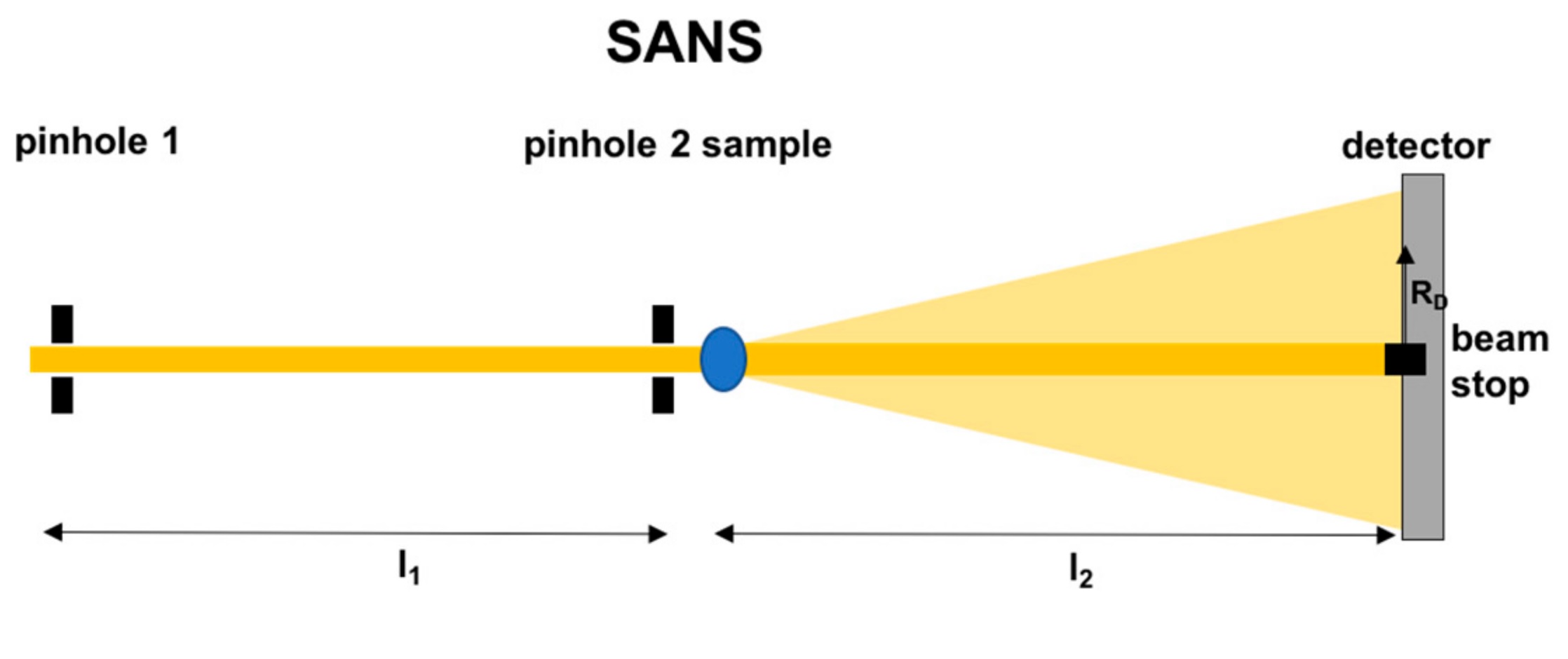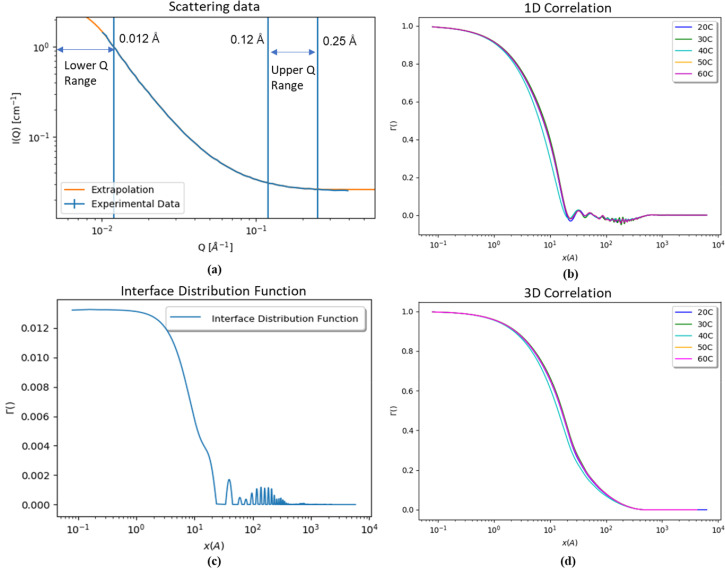Recently, we have discovered an alternative approach to characterise the morphology of two-dimensional nanosheet structures via atomic physical measurements. This strategy allows us to measure quantitative neutron scattering measurements to comprehensively analysis the shape and dimensions of the nanosheets. As a first study, we attempt to study the thickness and size of a recently arisen transition metal nanosheet material Ti3C2.
MXene is a class of 2D materials exfoliated from ternary carbide and nitride ceramics. During synthesis, etching and delamination conditions affect the quality, overall crystallinity, defects and surface functionalization of MXene flakes. In this article, the morphological structure of MXene (Ti3C2) nanosheets under temperature between 20 °C and 60 °C were investigated with the application of Small-Angle Neutron Scattering (SANS) combined with several complementary techniques, such as Scanning Electron Microscopy (SEM) and Transmission Electron Microscopy (TEM) and X-ray Photoelectron Spectroscopy (XPS). The SANS analysis enabled structural information to be obtained about the Ti3C2 nanosheets, which consist of layers of transition metal carbides in a multilayer lamella morphology. The results showed that a single Ti3C2 layer is approximately 11.4 – 11.8 Å (1.14 – 1.18 nm) in thickness with a 20.3 – 21.5 Å (2.03 – 2.15 nm) interstacking layer gaps. This results in a total thickness of approximately 32 Å (3.2 nm), which was consistent with the model-dependent lamella model analysis. Furthermore, the thickness of the Ti3C2 layer increased by approximately ∼2 Å (0.2 nm) when the temperature increased from 20 – 40 to 50 – 60 °C.
For more information, please refer to the article link below:



